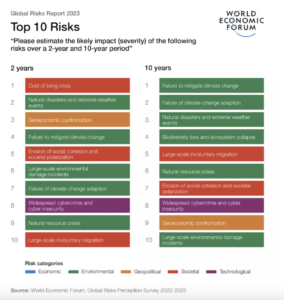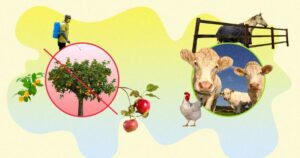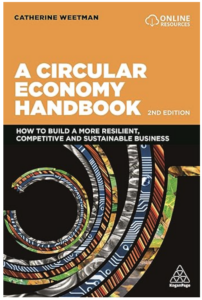
Consumers say they want more sustainable products, yet they don’t consistently buy them. Why? Because the effort required to buy these products outweighs the perceived benefits. This creates the intention-action gap a stumbling block for the growth of many sustainable brands.
This series explores the unique challenges of marketing sustainable products and recommends ways brands can help consumers close the Intention-Action Gap.
Consumers will consistently buy sustainable products when the perceived benefits exceed the effort involved in making the purchase. Brands can help consumers close their intention-action gap by decreasing the effort, increasing the rewards or both.
Customer segmentation
Part of the challenge lies in the fact that consumers have varying priorities and levels of commitment to sustainability. They also have differing understandings about what sustainability, green or eco-friendly actually means. Brands need to consider these key differences to build strategies to help shift their customers’ reward-effort balance.
Brands can help consumers close the gap by decreasing the effort, increasing the rewards or both.
A small qualitative consumer study at U.K.-based Brigstow Institute at Bristol University focused on understanding how sustainability-minded people shop. Preliminary findings found varying levels of sustainability sensitivity, which influences how a consumer experiences rewards, including those that appear distant in time and space.
The Brigstow study showed that sustainability-minded consumers fall into three categories:
- Group 1 advocates for sustainability and will engage directly with a company.
- Group 2 spreads the word to influence other consumers.
- Group 3 does not seek to influence others.
For example, consumers who advocate and self-identify as a climate change activist may find the reward of buying products with the Rainforest Alliance green frog sufficient to outweigh any extra effort or cost to purchase them. These consumers understand what the green frog label means. However, it may not budge shoppers who don’t care about external engagement or who haven’t invested the effort to understand the benefits of the certification program.
Increasing rewards
Taking consumer segmentation into account, brands have two levers to pull: increase benefits and decrease effort.
Sustainable products offer special challenges due to the nature of their “benefits.” Brands need to consider how the benefits of sustainable products are experienced by the consumer.
Certain rewards are immediate and personal:
- fewer toxins in product (clean cosmetics, organic foods)
- eco-savings (better energy or fuel efficiency, less packaging)
- “social credit” for being seen with the brand or product
Other benefits are perceived as distant from the shopper both in time and space:
- positive impact on climate change mitigation
- fewer plastics in the oceans
- better labor and living conditions for workers
Applying consumer segmentation brings to light varying responses across consumer types. Customers in Groups 1 and 2 express their values externally — by advocating and engaging about decreasing plastic waste, for example. Consumers in these two groups are likely to experience benefits that are distant in time and space because they gain satisfaction from sharing their views and advocating.
However, consumers in Group 3 don’t express their values externally. They therefore may not perceive the same level of benefits, for example from avoiding single-use plastics, as the other two groups.
For example, I self-identify as a climate activist and am therefore willing to make the effort to buy alternatives to single-use plastics. My perceived reward for the purchase is high even though it is distant in both space and time. It’s high because avoiding single-use plastics reinforces my climate-activist values and because I share my views with family and friends about the environmental hazards of plastic waste.
Decreasing effort
The second lever reduces the effort required by consumers to purchase the more sustainable product.
Decreasing the effort includes making it easier for consumers to recognize and trust the brand’s attributes and easing access by improved distribution. For example, do your customers understand the sustainability certifications such as the green frog?
Price is often perceived as a significant barrier. For example, until a few years ago, price was a big barrier for customers looking for Fair Trade certified products. That is no longer the case for many product lines, but perception about price lags. Many brands that produce Fair Trade apparel, such as Target and Athleta, have eliminated any price gap between their Fair Trade-certified apparel and non-certified apparel.
To help consumers close the intention-action gap, brands need to fine-tune product activations for varying levels of sustainability sensitivity:
- What is the consumer segmentation for sustainability — Group 1, 2 or 3?
- How do consumers benefit from a product’s sustainability attributes over time and space?
- What brand activations can increase the perceived rewards that target customers will capture?
- What is the real and perceived effort required to purchase the product and how can it be reduced for the target consumer?
Join the conversation on increasing consumer demand for sustainable products here or contact me at .
Source: https://www.greenbiz.com/article/how-close-consumers-intention-action-gap










